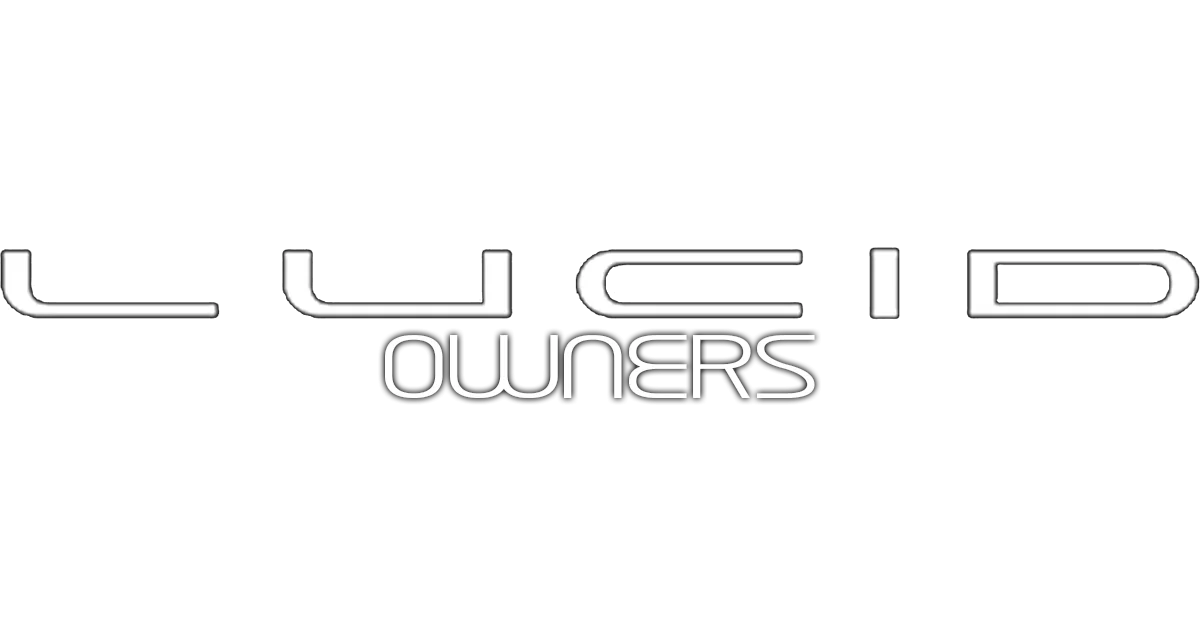Never disagreed with a statement more in my life. Show me a Air getting 250kw for any length of time.
Your post implies that all charging will take 5 times longer, and that's just not true. It'd be a shame for people to rule out this option based on this information.
Disagree all you want - Lucid states that you can add 200 miles in 12 minutes at a hi speed charger, and it will take about an hour at 50kw. It obviously depends on your SOC, battery preconditioning, etc - but these datapoints are real.
You’ve really been insulated if this statement is the one you disagree with the most in your entire life.

From Jalopnik today:
There is one caveat to all of this: rather slow charging speeds, at least by Lucid's standards. The Newark, California-based company says Airs will be able to charge up at 50 kW and gain up to 200 miles of range per hour. That's good in a pinch, but it's rather crappy when you consider the fact that an Air Grand Touring can DC fast-charge at 350 kW and add that same 200 miles of range in just 12 minutes under ideal conditions. Currently, the highest-power Tesla Superchargers can deliver 250 kW, with plans for 350-kW stations.
Read More:
https://www.jalopnik.com/1918392/2026-lucid-air-tesla-supercharging-new-features-details/
From Car and Driver today:
With the introduction of a CCS-to-NACS adapter, all Lucid Air models will be able to plug into over 23,500 Superchargers. Lucid says it enables the cars to charge at up to 50 kW, which should provide 200 miles of range per hour
From The Drive today:
As of July 31st, owners of the
Lucid Air electric sedan are gaining access to Tesla’s vast network of Supercharger stations, adding more than
30,000 new options for existing owners. But there’s a catch—Lucid’s surprisingly good and also surprisingly affordable offering will be limited to just 50 kW of throughput. Forget Air; think water, then freeze it, because that’s positively glacial.
“Using this solution, the Air can charge at up to 50 kW and gain up to 200 miles of range per
hour of charging, giving owners additional peace of mind while on the road,” the announcement said (
emphasis added).
Meanwhile, the
Lucid Gravity, which already has access to the Supercharger network, can sustain more than four times the throughput (225kW) on the same charging equipment. What would take the Air an hour, the Gravity (and most current Teslas, for that matter) can knock out in about 15 minutes.
